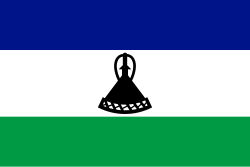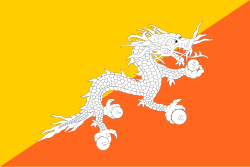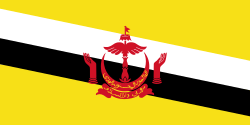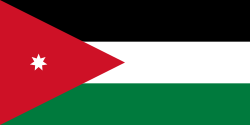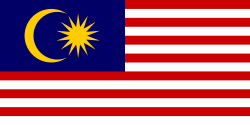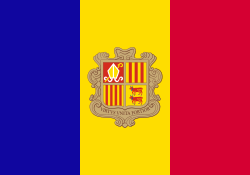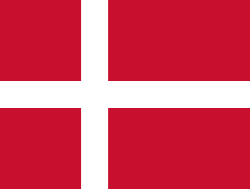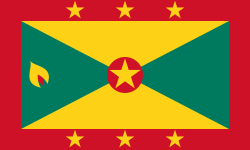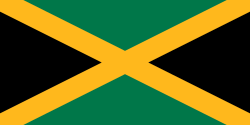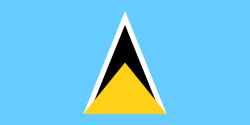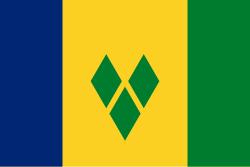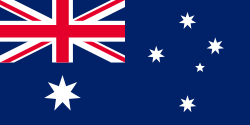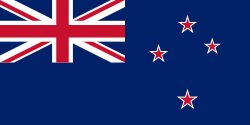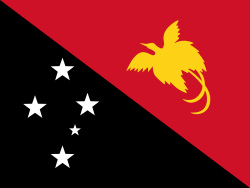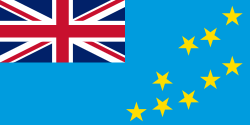Fahda bint Falah Al Hithlain
| Fahda bint Falah Al Hithlain | |
|---|---|
| Úplné jméno | Fahda bint Falah bin Sultán bin Hithlain |
| Manžel | Salmán Saúdskoarabský |
| Potomci | Muhammad bin Salmán Princ Khalid Princ Turki Princ Najef Princ Bandar Princ Rakan |
| Rod | Saúdové (sňatkem) |
| Otec | Falah bin Sultán Al Hithlain |
| Matka | Munira bint Abdullah[1] |
| Některá data mohou pocházet z datové položky. | |
Princezna Fahda bint Falah Al Hithlain (arabsky: فهدة بنت فلاح آل حثلين) je třetí manželka Salmána bin Abd al-Azíze, krále Saúdské Arábie.[2] Je členkou kmene Ajmanů.[3] Její matkou je Munira bint Abdullah[4] a mezi její předky patří vůdci kmene Ajmanů, Rakanů a Dhajdan bin Hithlain.
Fahda se za krále Salmána provdala roku 1984. Je o třicet let mladší než on. Má s králem Salmánem šest dětí, korunního prince a premiéra Muhammada, prince Turkiho, ministra obrany prince Chálida, prince Najefa, prince Bandara a prince Rakana.[5] Její druhý nejstarší syn, Turki, je obchodníkem. Princ Chálid, její třetí nejstarší syn, je ministrem obrany. Princ Bandar je hlavou královské gardy, která se zabývá osobní bezpečností krále a korunního prince.
V roce 2018 několik amerických médií, včetně NBC, uvedlo, že její nejstarší syn, Muhammad, nedovolil své matce vidět krále Salmána.[6] V letech 2015 až 2020 se nezúčastnila žádných veřejných akcí, ale od března 2020 se na nich začala znovu objevovat.[7]
Reference
V tomto článku byl použit překlad textu z článku Fahda bint Falah Al Hithlain na anglické Wikipedii.
- ↑ The Arab of the Desert Pbdirect : A Glimpse into Badawin life in Kuwait and Saudi Arabia. Written by H.R.P. Dickson
- ↑ SANCHEZ, Raf. Saudi crown prince 'has kept his mum hidden from king for two years'. The Sydney Morning Herald [online]. 2018-03-16 [cit. 2022-01-14]. Dostupné online. (anglicky)
- ↑ Who is Saudi Arabia’s Crown Prince Mohammed bin Salman?. www.aljazeera.com [online]. [cit. 2022-01-14]. Dostupné online. (anglicky)
- ↑ H.R.P. Dickson. The Arab of the Desert (RLE Saudi Arabia): A Glimpse into Badawin Life in Kuwait and Saudi Arabia. 6. vyd. London; New York: Routledge, 2015. Dostupné online. ISBN 978-1-317-53999-5. S. 741.
- ↑ Profile of a Prince: Promise and Peril in Mohammed bin Salman’s Vision 2030. Belfer Center for Science and International Affairs [online]. [cit. 2022-01-14]. Dostupné online. (anglicky)
- ↑ Saudi prince hiding his mother from Saudi king, say U.S. officials. NBC News [online]. [cit. 2022-01-14]. Dostupné online. (anglicky)
- ↑ MOHR, Ian. Book claims Mohammed bin Salman may have put his own mom on house arrest [online]. 2020-03-07 [cit. 2022-01-14]. Dostupné online. (anglicky)
Média použitá na této stránce
The national flag of Kingdom of Thailand; there are total of 3 colours:
- Red represents the blood spilt to protect Thailand’s independence and often more simply described as representing the nation.
- White represents the religion of Buddhism, the predominant religion of the nation
- Blue represents the monarchy of the nation, which is recognised as the centre of Thai hearts.
This is the national flag of Belgium, according to the Official Guide to Belgian Protocol. It has a 13:15 aspect ratio, though it is rarely seen in this ratio.
Its colours are defined as Pantone black, Pantone yellow 115, and Pantone red 032; also given as CMYK 0,0,0,100; 0,8.5,79,0; and 0,94,87,0.Flag of Jamaica. “The sunshine, the land is green, and the people are strong and bold” is the symbolism of the colours of the flag. GOLD represents the natural wealth and beauty of sunlight; GREEN represents hope and agricultural resources; BLACK represents the strength and creativity of the people. The original symbolism, however, was "Hardships there are, but the land is green, and the sun shineth", where BLACK represented the hardships being faced.
Flag of Canada introduced in 1965, using Pantone colors. This design replaced the Canadian Red Ensign design.
Flag of Australia, when congruence with this colour chart is required (i.e. when a "less bright" version is needed).
See Flag of Australia.svg for main file information.